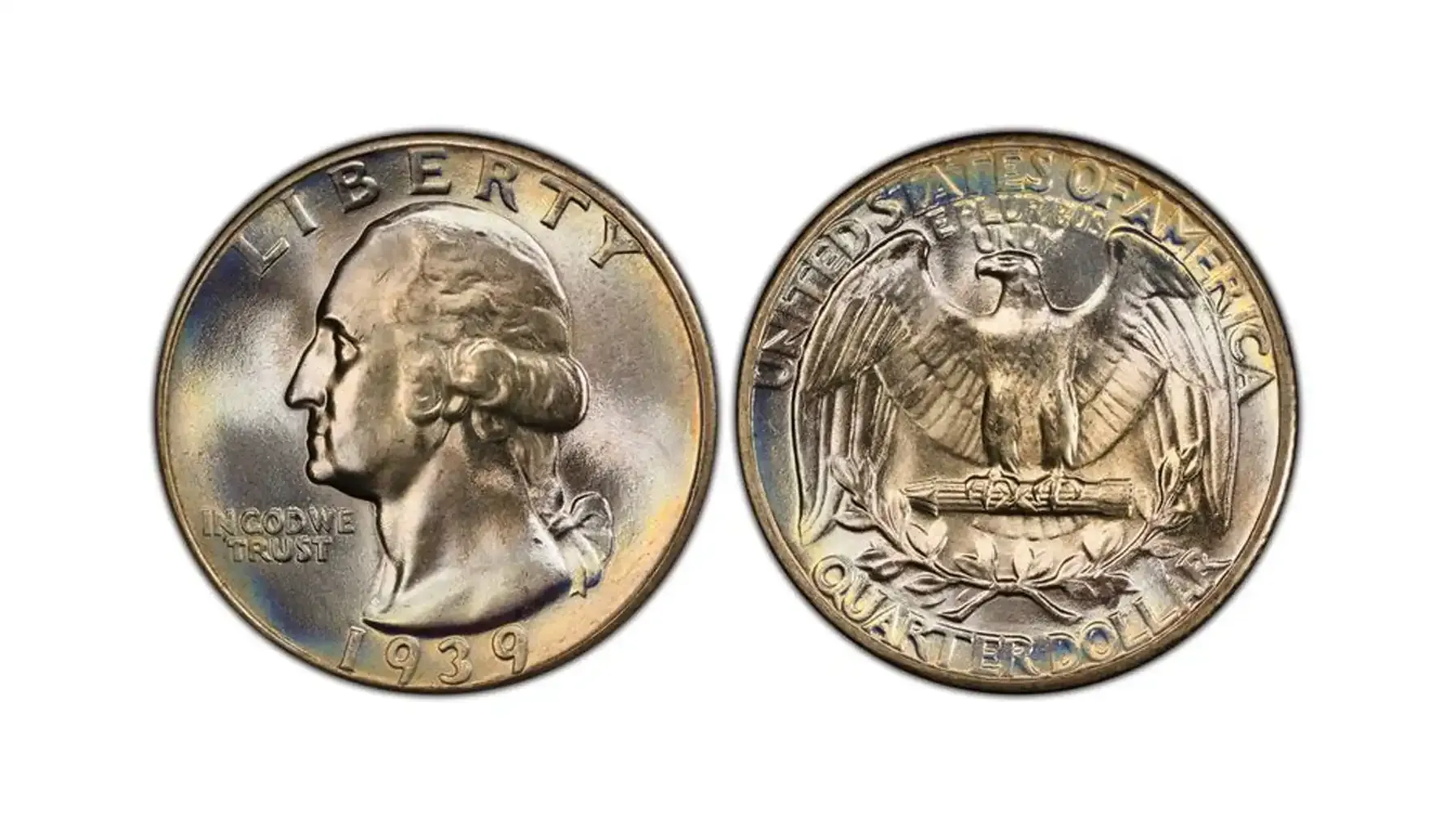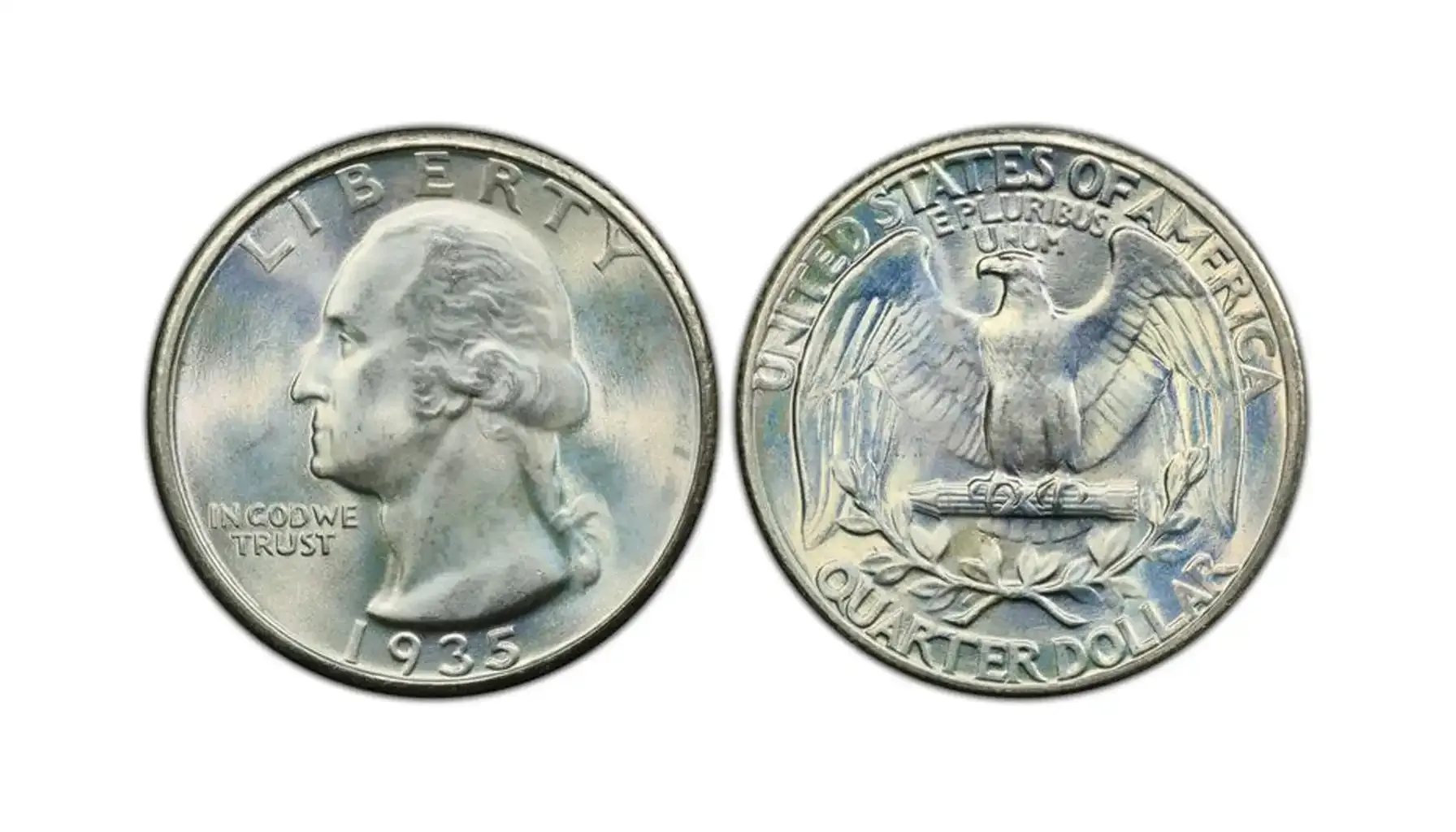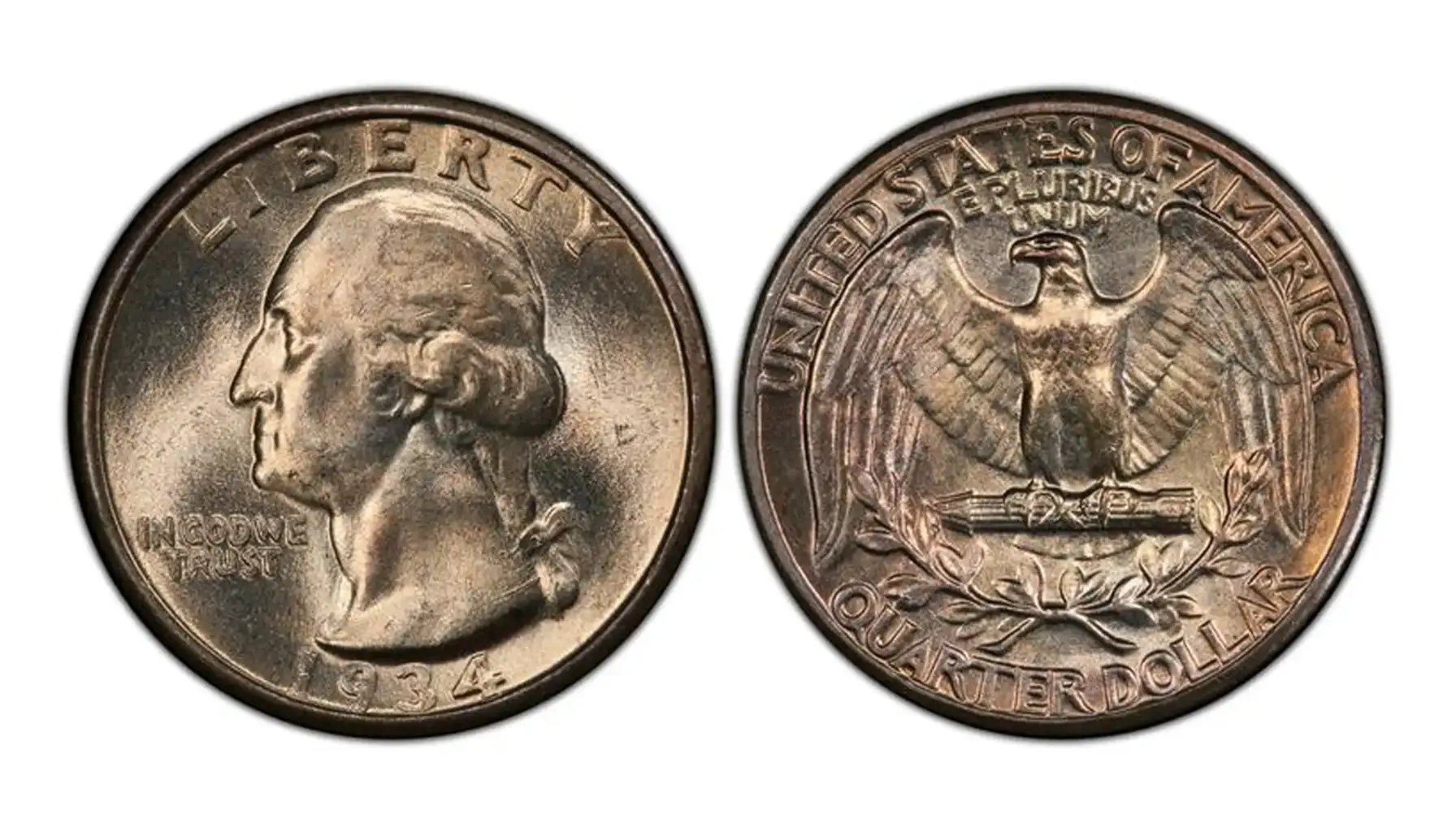Contents:
The face value of the two-cent coin may have been insignificant, but its appearance was of great importance to U.S. history. And the issuance of this small piece was coupled with the motto “In God We Trust,” which reflected the faith and hope for a better future for an entire nation during the Civil War.
While the two-cent one was minted for only 10 years, it managed to leave an indelible mark on American numismatics, and this two cents worth is many times larger than its original denomination.
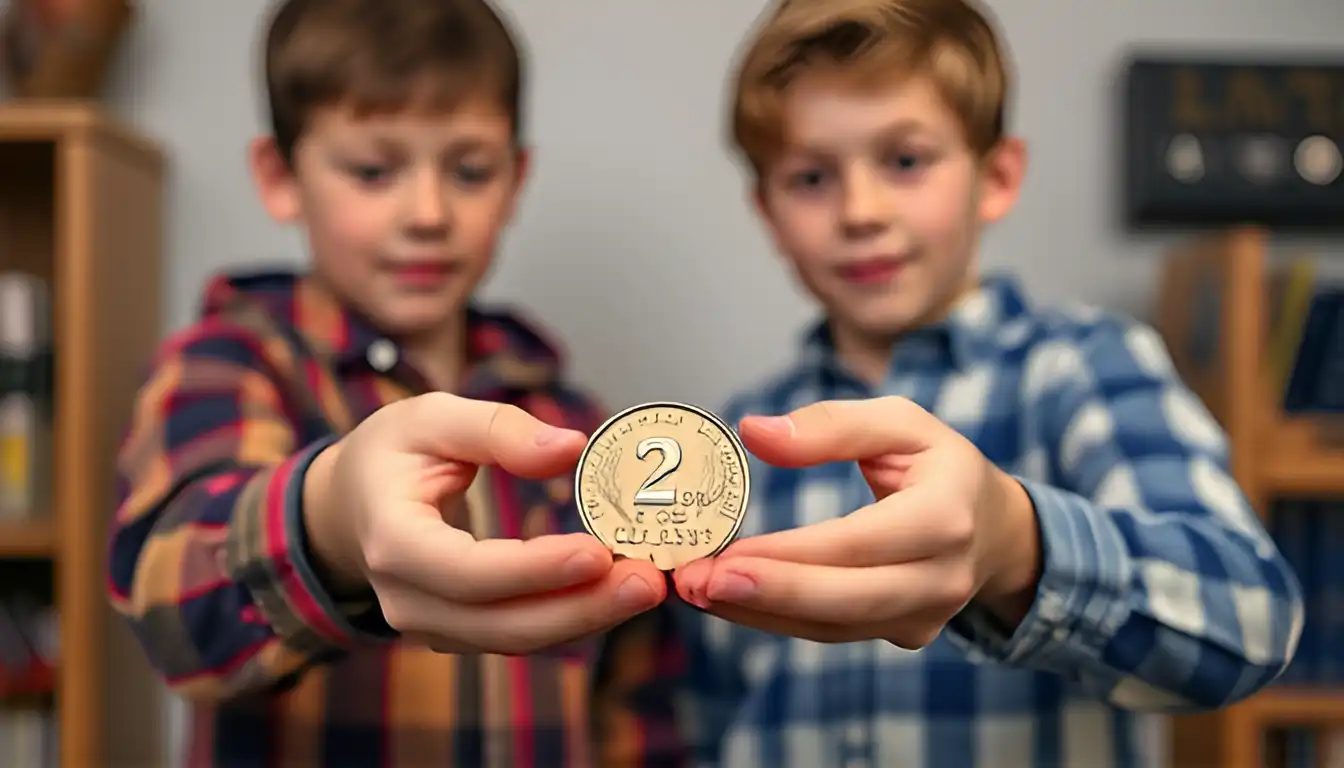
Design and Characteristics
The 2 cents coin appeared in one of the most difficult periods of American history - during the Civil War (1861-1865), little after the 1856 Eagle penny. At that time, the U.S. economy was in crisis, and the country was in dire need of a stable currency trusted by both citizens and the state. One such solution was the two cent coin.
The design was created by James B. Longacre, chief engraver of the United States Mint. It was the first one to bear the famous motto “In God We Trust,” symbolizing hope and unity as it was believed that everyone should have a reminder of their faith in times of need.
Characteristics | Value |
Years of Minting | 1864–1873 |
Metal | 95% copper, 5% tin and zinc |
Weight | 6.22 grams |
Diameter | 23 mm |
Thickness | 2 mm |
Motto | "In God We Trust" |
Designer | James B. Longacre |
Obverse Design:
It shows a shield with the coat of arms of the United States and olive branches symbolizing peace. The shield is surrounded by a ribbon on which is placed the main motto “In God We Trust”. This was the first time in the history of U.S. coinage when a motto symbolizing the nation's religious beliefs was placed on it.
Reverse Design:
The reverse features a large numeral “2” representing the denomination, surrounded by a wreath of wheat. This simple but still elegant design highlights the clarity and significance, while the wreath is a symbol of wealth and prosperity.
What Makes the US 2 Cent Coin Special?
It was the first on which the motto “In God We Trust” was minted. Subsequently, the phrase became a standard and is present on most U.S. coins and banknotes.
The motto also adds to the uniqueness, as there are two versions, i.e. pieces with Large Motto (the font is noticeably larger, taking up more space above the shield) and Small Motto (smaller font, more difficult to read).
The Small Motto variant is less common, so its 2 cent penny value on the numismatic market is higher, while the Large Motto became the standard, and it was the version in which the two-cent coin was minted before it was discontinued.
It was minted for only 10 years, and by 1873 it was discontinued. The reason for this was the declining popularity and its real purchasing power.
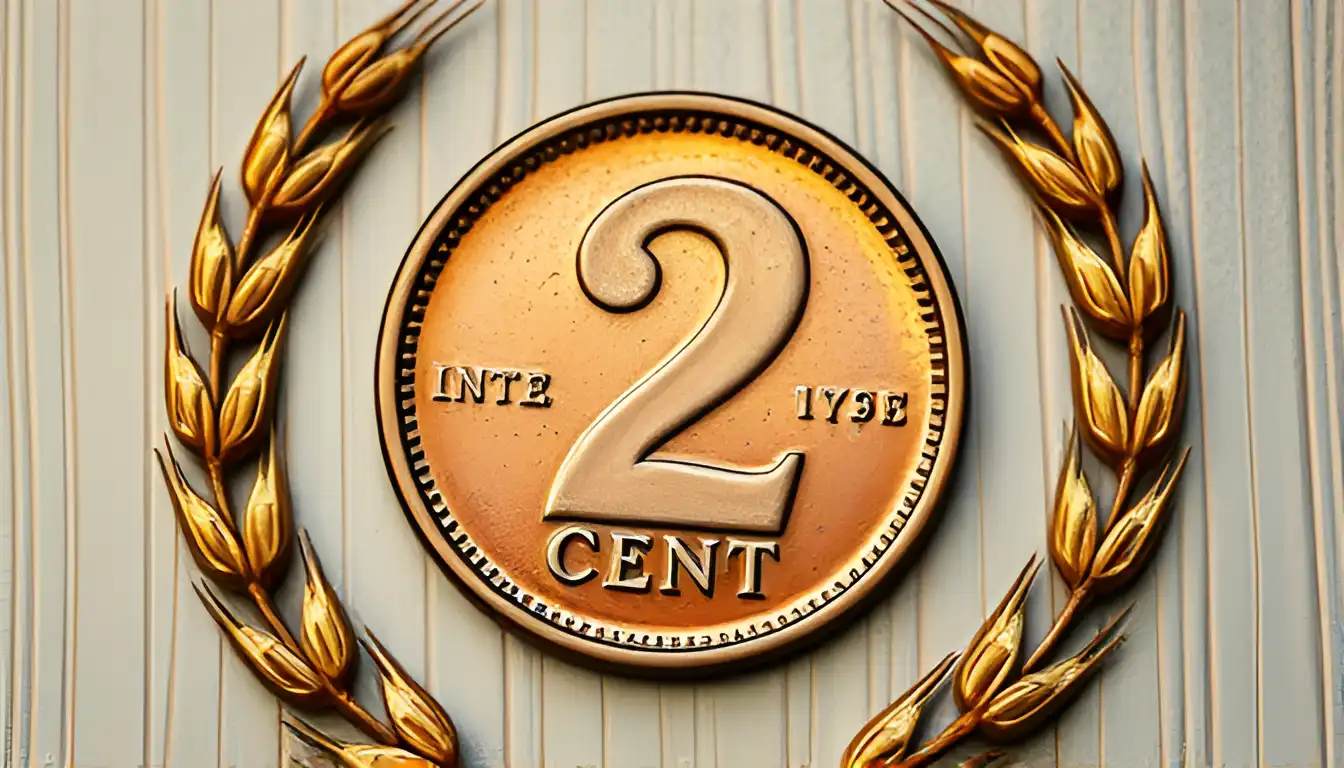
Related article: 1921 D Mercury Dimes.
Minting Features and Materials
An interesting fact is that this was one of the few U.S. coins made almost entirely of copper. Its composition was chosen mainly because of the economy of production and the scarcity of other metals in war conditions. Against the background that many pieces of the time were made of precious metals, the two cent copper coin was notable for its affordability and utility.
It was one of the first coins to be withdrawn from circulation en masse at the end of the 19th century. Although its face value was small, the 1864 two cent piece value and 1865 2 cent coin value are a symbol of the difficult times of the Civil War.
Today, it is an object of interest to collectors, especially those pieces minted in the first year (1864 2 cent piece). These early issues and especially well-preserved specimens can be worth quite a bit.
Average 2 Cent Value Sums
Year | Price (Large Motto) | Price (Small Motto) | Known Sale Dates & Places | Why It Is Special |
1864 | 1864 2 cent coin value = $1,000 - $5,000+ | 2 cent coin 1864 value = $150 - $1,000+ | Various auctions, including Stack's Bowers, Heritage Auctions | First year of issue, marks the introduction of the 2-cent coin. Known for being the first U.S. coin to feature the "In God We Trust" motto. |
1865 | 1865 two cent piece value = $1,500 - $3,500+ | 1865 2 cent piece = $150 - $2,000+ | Stack's Bowers, Heritage Auctions, private sales | Popular for its historical significance, as the end of the Civil War. |
1866 | 1866 2 cent coin value = $1,500 - $4,000+ | The price = $250 - $3,000+ | Auctions, including Heritage Auctions and eBay | A year of higher mintage; some examples show interesting die varieties. |
1867 | The price = $1,000 - $3,500+ | 1867 2 cent coin value = $200 - $2,500+ | Private sales and auctions | Known for fewer pieces minted compared to other years, which can make it more valuable in higher grades. |
1868 | 1868 2 cent coin value = $1,000 - $3,000+ | $200 - $2,500+ | Various auctions | It features a distinct design with Lady Liberty and shield, making it popular among collectors. |
1870 | $2,500 - $8,000+ | 1870 2 cent coin value = $400 - $4,000+ | Heritage Auctions, private sales | One of the rarest dates with a low mintage, contributing to its higher value. |
1872 | $2,000 - $5,000+ | $300 - $3,500+ | Auctions, including Stack's Bowers | A rare year, especially in higher grades, with very few mint errors. |
1873 | $2,500 - $10,000+ | $500 - $6,000+ | Heritage Auctions, private collections | This year saw some distinctive die varieties, making it more collectible. |
1874 | $1,500 - $4,000+ | $200 - $2,500+ | Various dealers and online auctions | Considered rare in certain grades, with a relatively low mintage. |
1875 | $2,000 - $5,000+ | $250 - $4,000+ | Heritage Auctions, Stack's Bowers | One of the later years of mintage, valued for its historical significance. |
Disclaimer: The prices may vary due to different factors like market trends, demand, etc. We recommend that you always consult with auction houses and grading companies before any purchase.
Most Popular Specimens
1. 1864 2-Cent Coin (Large Motto)
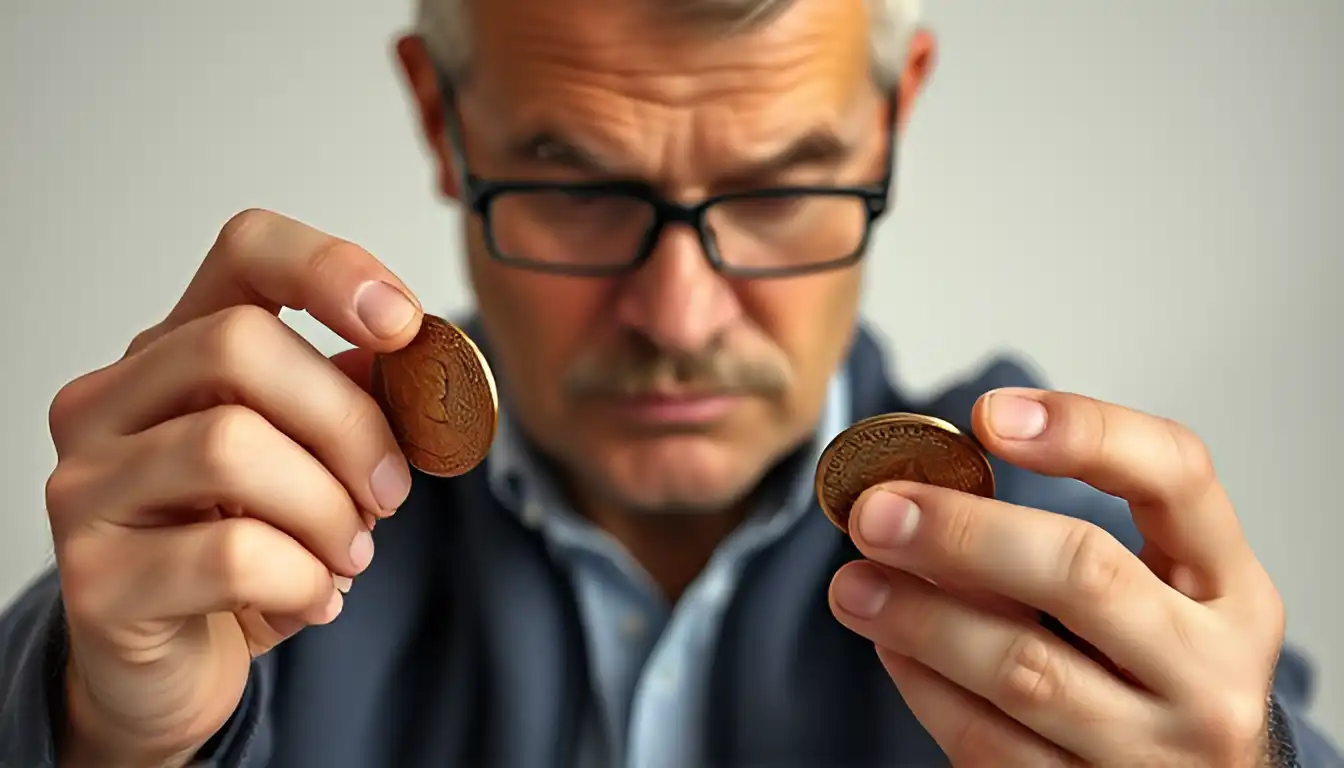
Motto: "In God We Trust" (Large)
Design: The obverse features a shield with a ribbon inscribed "Liberty," and the reverse showcases the inscription "In God We Trust" above the shield, with the date and "United States of America" around it.
Historical Significance: This was the first U.S. piece to feature the motto "In God We Trust," which became a hallmark of U.S. coinage. It was introduced during the Civil War as a response to a coin shortage.
Why It's Special: The 1864 large motto is highly sought after due to its historical importance and being the first one to carry this emblem. The large motto variety is rarer and more valuable than the small motto version.
2. 1864 2-Cent Coin (Small Motto)
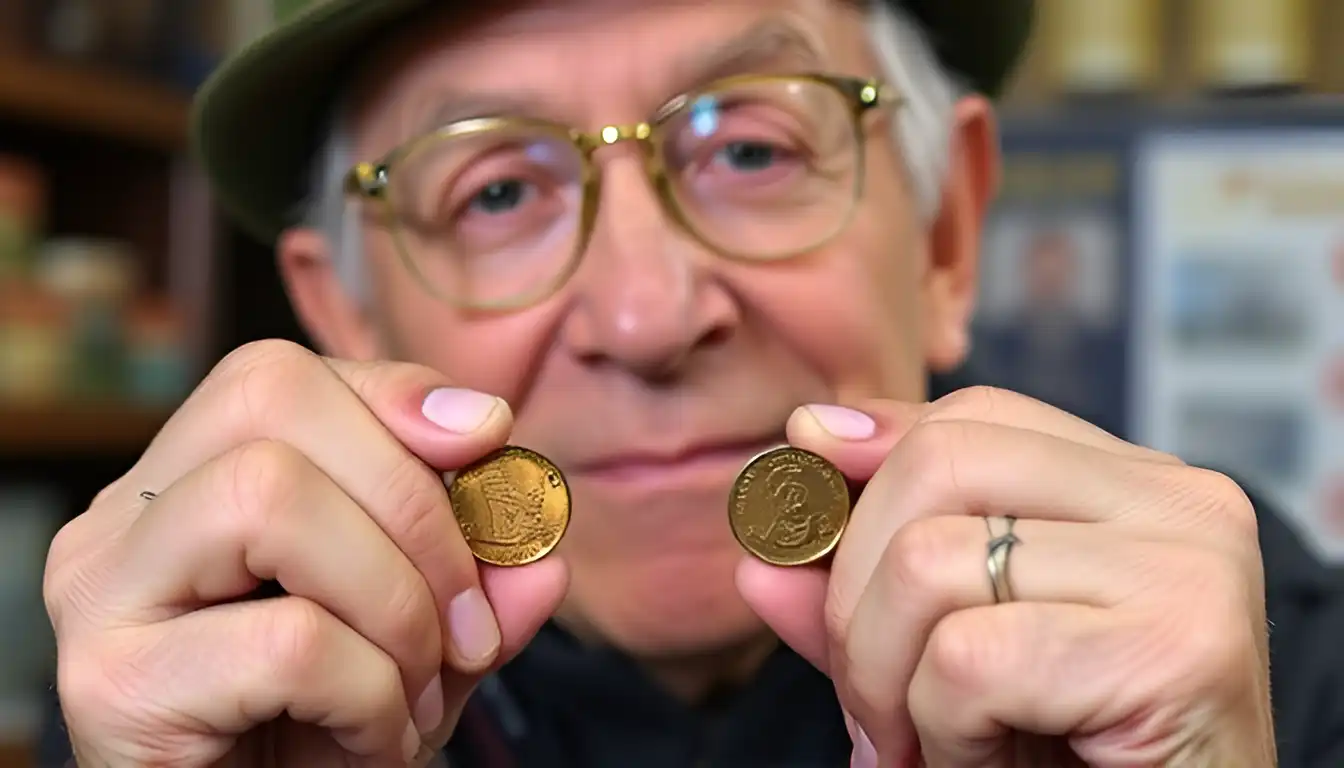
Motto: "In God We Trust" (Small)
Design: Similar to the large motto one but with a more compact inscription of "In God We Trust" on the reverse.
Historical Significance: The small motto version was produced alongside the large motto variety and was part of the same 1864 mintage. It marks the beginning of the use of the national motto on U.S. coinage.
Why It's Special: While not as valuable as the large motto, it is still very popular among collectors due to its connection to the Civil War era and the introduction of "In God We Trust."
3. 1865 2-Cent Coin
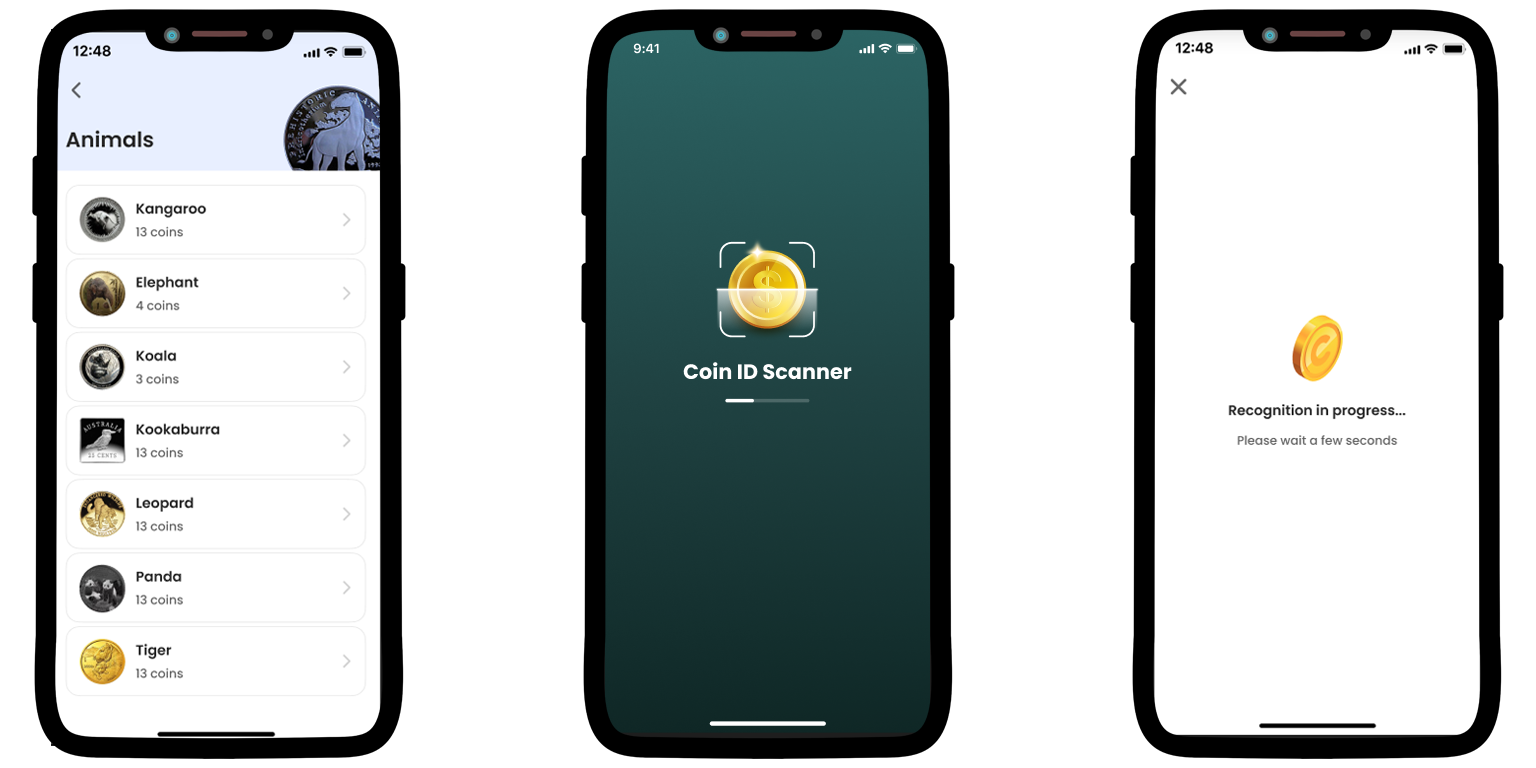
Motto: "In God We Trust" (Large)
Design: The design features the shield with "Liberty" inscribed, and the reverse shows the words "In God We Trust" above a ribbon, along with "United States of America" and the date.
Historical Significance: This year followed the introduction of the 2-cent piece and became a symbol of the U.S.'s resilience after the Civil War.
Why It's Special: Although there was a relatively high mintage, the 1865 one is significant due to its connection to the post-war period and is one of the more commonly collected years.
4. 1870 2-Cent Coin
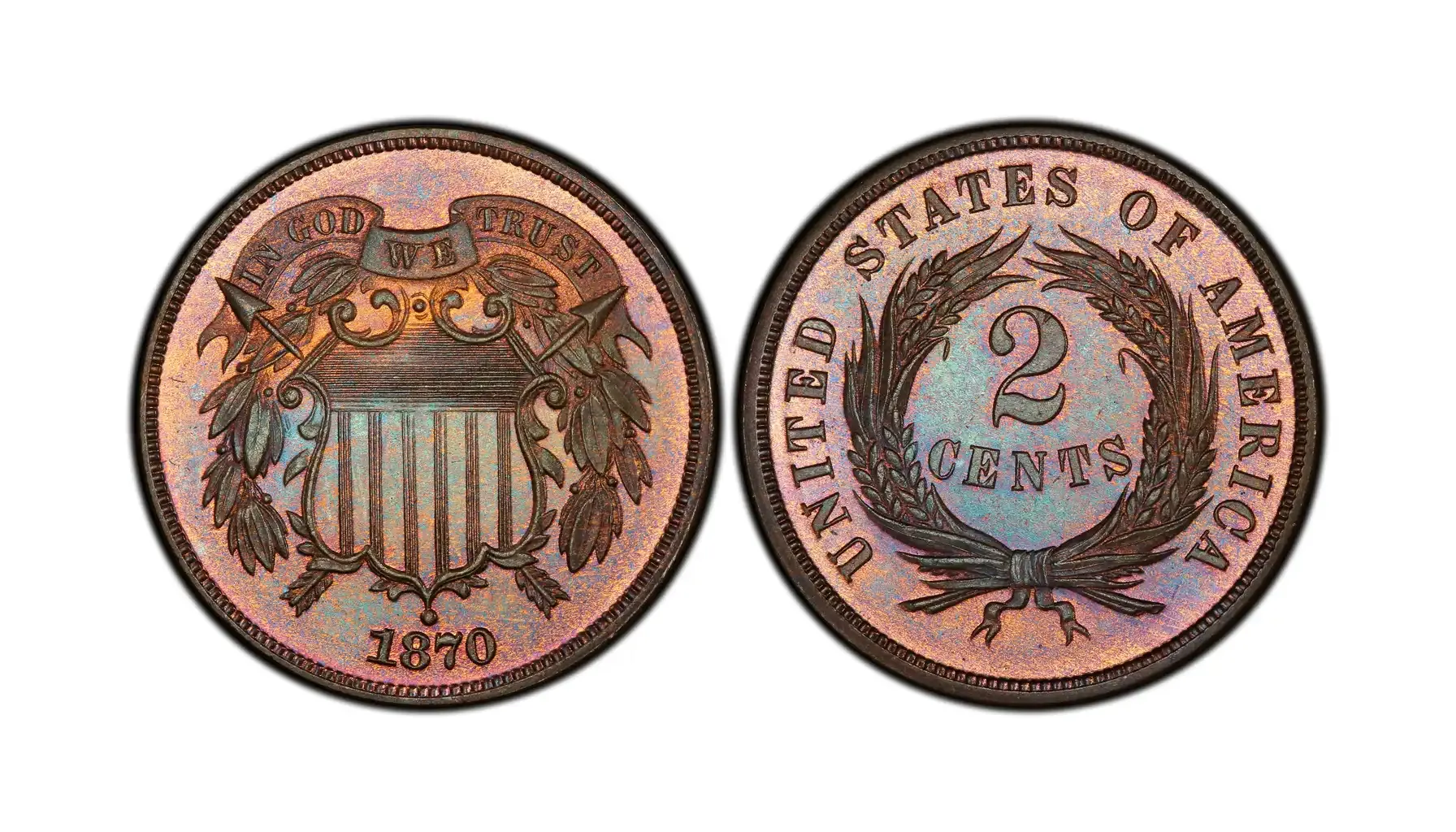
Motto: "In God We Trust" (Large)
Design: Features a shield with the word "Liberty," and the reverse shows "In God We Trust" inscribed over the shield with "United States of America" around it.
Historical Significance: It is one of the rarest dates for the 2-cent series. It was struck in smaller numbers, making it especially valuable for collectors.
Why It's Special: With a low mintage, it is considered one of the most valuable in the series. Its rarity in high grades and historical importance make it a key date for collectors.
5. 1873 2-Cent Coin (Open 3)
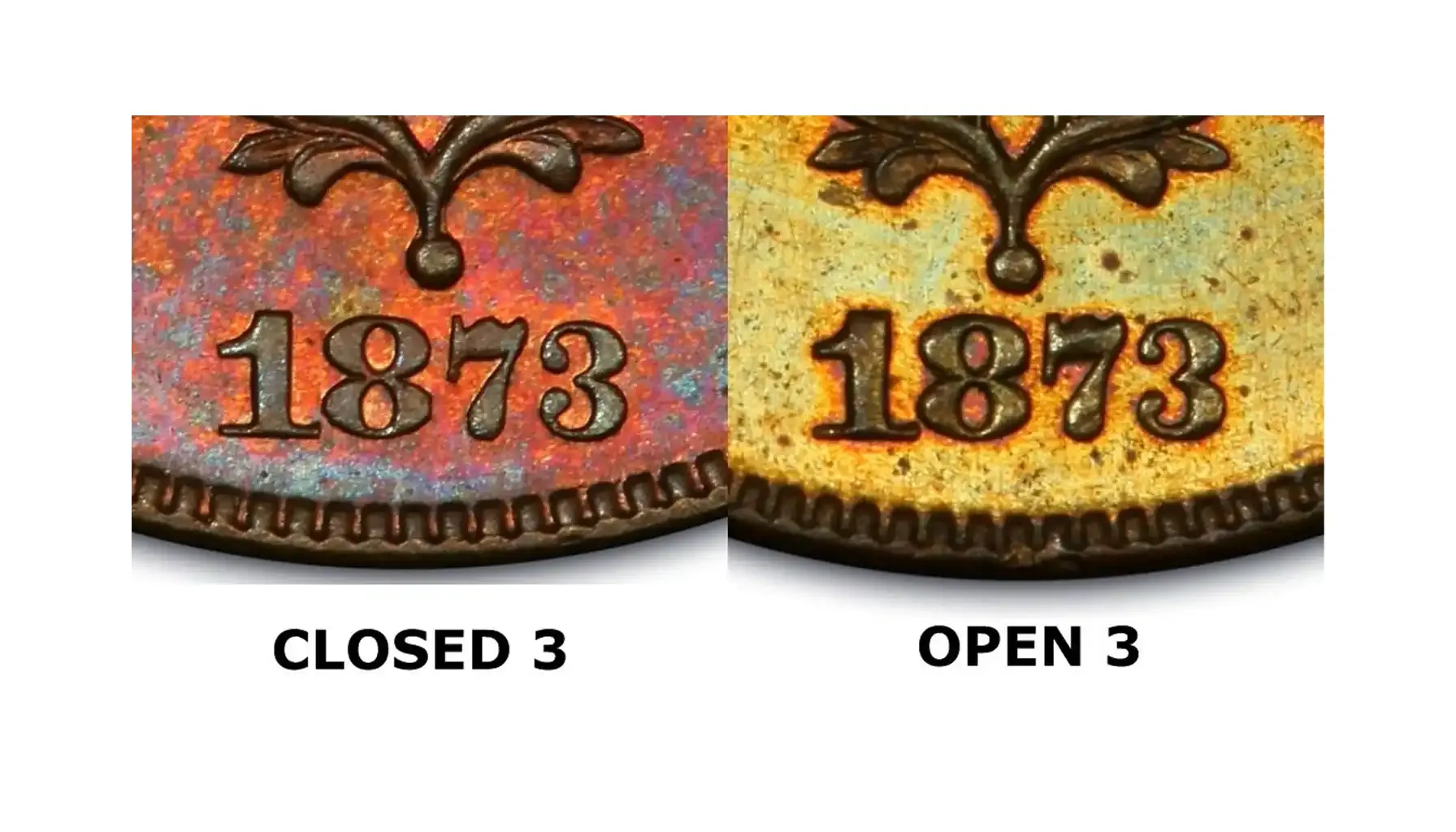
Motto: "In God We Trust" (Large)
Design: The design is similar to other ones, with the shield and the "In God We Trust" motto. The "Open 3" refers to the shape of the number "3" in the date, which is different from other years.
Historical Significance: It is notable because of a distinctive die variety called "Open 3," where the top part of the "3" in the date is open, giving it a unique appearance. It adds to its appeal among collectors.
Why It's Special: The "Open 3" variety makes this year highly collectible and valuable. It's one of the most desirable varieties in the series.
Value: The Open 3 1873 coin can be worth anywhere from $2,500 to $10,000.
Always check the authenticity. Due to rarity and high value, some fakes can be found on the market. Contact reputable sellers and use modern applications to scan coins, receive the main information and verify their authenticity.

